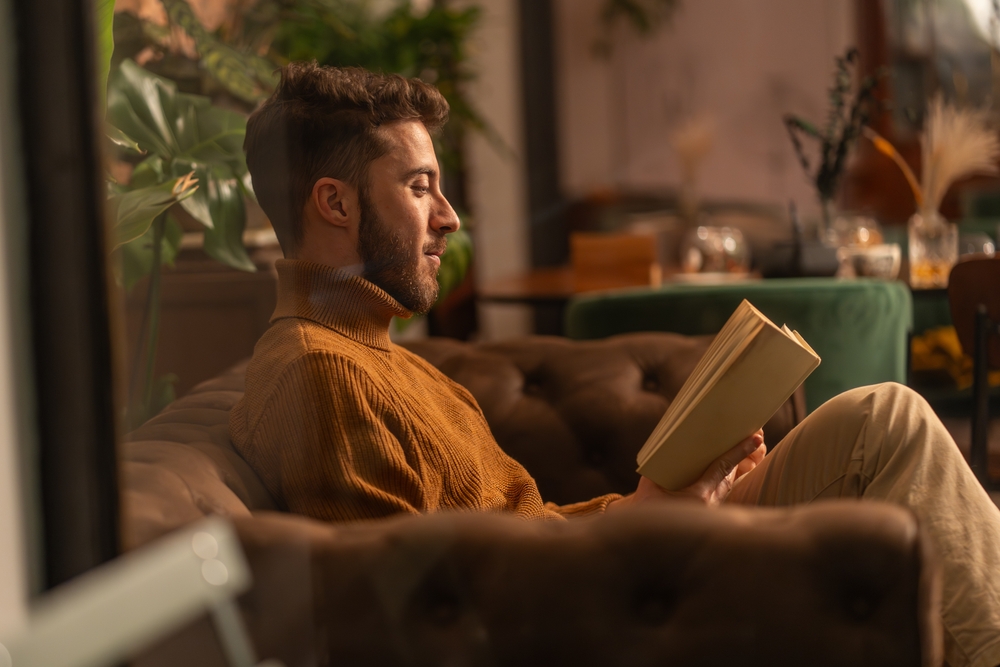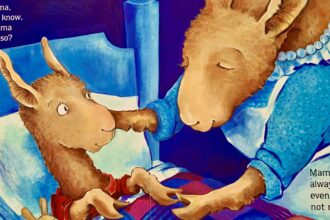Stories have long been powerful tools that unlock the imagination, entertain us and even connect communities together. They can help us to share our experiences and learn about others in ways that standard information or typical learning methods can’t. Stories can be a critical learning tool for people of all ages, from little ones who are shaping their view of the world to older adults who are being exposed to ideas and communities that they weren’t aware of. Books, films and stories provide humans with knowledge, and with knowledge comes power and open minds. They can help us grow every day and understand the world around us through a different perspective.
One of the most powerful aspects of storytelling is its ability to provide insight into other people’s lives. Throughout generations, storytelling has been shaped by other people’s perspective of the world and their values, beliefs and histories. This means that when you read a story, or watch one, you are delving into different communities and their ways of life. It’s not just a story based on imagination, but on other people’s views of life and their stories. When culture weaves into the narrative, stories gain more depth that can leave a lasting impression on us and resonate with us in ways that typical entertainment can’t. Whether through literature, film or oral traditions, cultural storytelling helps audiences understand perspectives that might otherwise be unfamiliar.
Film as a Reflection of Tradition
The role of film as a reflection of tradition is one of the most powerful tools for cultural storytelling. Cinema has the power to grip people and make them pay attention to what’s unfolding before their eyes. This is why many filmmakers draw on their culture and integrate their views on the world, because it is an effective way for people to understand another way of life and be exposed to different communities that make our world so diverse. Film can open our eyes to other cultures and give us an insight into the world, helping to form our perspectives on the world. That’s why filmmakers reflect traditional practices, historical events and local myths to create narratives that feel authentic and relatable. By incorporating routines, festivals and social norms into storylines, films can transport audiences into a world shaped by unique ways of life and culture that we aren’t usually exposed to. Even small details, like a traditional meal or a community gathering, can add layers of meaning that make a story compelling and memorable.
Literature and the Written Word
Books and written works are a powerful way to preserve culture and showcase the diverse world we live in. Many books have highlighted diverse cultures for many years, and have been a way for us to connect to other ways of living and shape our worldview. They broaden our minds and allow us to explore communities through imagination and escape into a different world.
Authors use storytelling to document societal values, family structures and communal histories. By exploring themes that highlight culture, literature allows readers to experience lives that are different from their own. Stories influenced by culture also provide insight into how communities navigate challenges, celebrate milestones and transmit knowledge to future generations. Having this look into different ways of living builds our empathy, curiosity and understanding.
The Role of Festivals and Observances
Many times, cultural observances can create the perfect backdrop for storytelling, no matter which way the story is told. TV, film, books and other forms of stories can explore significant cultural observances, even if the plot isn’t focused on this. These forms of entertainment can cover annual events, religious months or local festivals, which frequently inspire stories to showcase important messages about identity, morality or community. For instance, certain months or celebrations, like Rabi al Awwal 2025, can inspire creative projects, films or articles that reflect on their significance and impact. Even a brief acknowledgement within a story can let us know the importance of cultural heritage while keeping the main plot of the story focused on universal themes like family, love or resilience.
Music and Oral Traditions
There are other forms of storytelling that go far beyond the visual and written word and visual media. One of these forms that has been around for many years and is still used today is music and oral storytelling. These traditions have preserved culture for many years and continue to preserve different cultures, allowing us to learn from them and understand various communities. Songs, chants and spoken word performances carry traditions for us to learn and can be easily passed down from generation to generation, as they never go out of style. They often include historical events, legends and social commentary, providing us with a realistic and accurate image of different cultures that have been passed down from ancestors.
These forms of storytelling allow audiences to experience culture in a way that is instant and emotional, creating a sense of shared memory and collective identity. When artists weave personal experiences with cultural references, they produce work that resonates with listeners while honouring their heritage.
Modern Digital Storytelling
Technology has opened new doors for storytelling, allowing cultural stories to reach global audiences. Social media, podcasts and streaming platforms enable creators to share stories influenced by their backgrounds with people who aren’t a part of their local community. Digital storytelling also encourages collaboration, allowing multiple voices to contribute to a story that reflects a diverse cultural perspective. This democratisation of storytelling ensures that more cultural stories are heard, celebrated and preserved for future generations.
Bridging Past and Present
Ultimately, storytelling is a bridge between past and present, tradition and modern living. By drawing from cultural heritage, storytellers not only entertain but also educate and inspire. Audiences are offered a lens through which to view different ways of life, celebrate diversity and understand the values that shape communities. At the end of the day, stories are more than imaginative escapes; they are something that makes us learn about each other and unite us as a community.

















